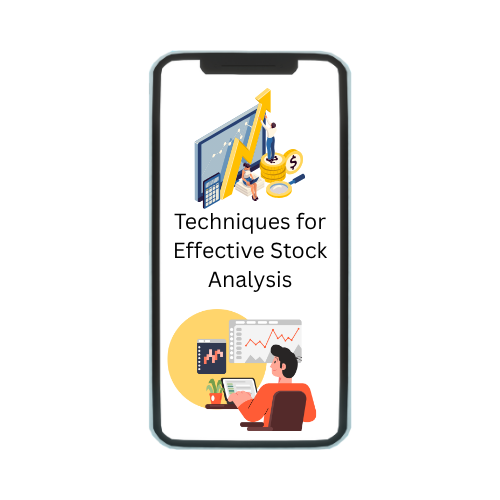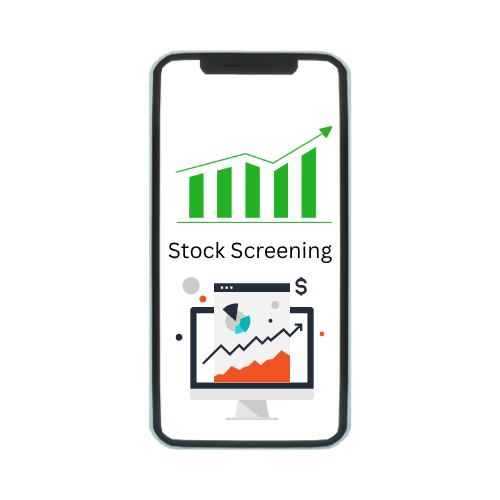Quantitative Trading-
Quantitative trading is a type of trading uses Quantitative analysis and mathematical models to analyse the change in price and volume of securities in the stock market. Mathematical models and computation are used to collect and analyse data with a rapid throughout rate on investment opportunities.
As quantitative trading is generally used by financial institutions and hedge funds, the transactions are usually large and may involve the purchase and sale of hundreds of thousands of shares and other securities. However, quantitative trading is becoming more commonly used by individual investors.
Examples-
Depending on the trader’s research and preferences, quantitative trading algorithms can be customized to evaluate different parameters related to a stock. Consider the case of a trader who believes in momentum investing. They can choose to write a simple program that picks out the winners during an upward momentum in the markets. During the next market upturn, the program will buy those stocks.
This is a fairly simple example of quantitative trading. Typically an assortment of parameters, from technical analysis to value stocks to fundamental analysis, is used to pick out a complex mix of stocks designed to maximize profits. These parameters are programmed into a trading system to take advantage of market movements.
Components-
Finance, mathematics and programming.
Finance gives us the trading idea, mathematics helps us quantify the opportunity, and programming helps us test and implement the trading strategies.
Learn finance before the math. Learn the math before programming.
Finance- Understanding finance, economics and how the market works is the most important part of quantitative trading. This gives us the skills to identify and find trading opportunities.
In many cases, having knowledge of other specific domains is useful if we are trading products in those industries.
For example, understanding the weather and agriculture process is useful if you are trading coffee futures.
Mathematics- For most trading ideas, you just need high school level statistics.
You need statistics knowledge to calculate how big or small an opportunity is, and to calculate how big your trades should be.
Let’s say a trade wins 50% of the time with a 15% return, loses 40% of the time with a 10% loss and loses 10% of the time with a 100% loss.
Is this a good opportunity? If yes, how much should we trade?
There is a statistical solution for the two questions above. Go read about Expected Value and Kelly Criterion (this formula is aggressive, use with care to prevent over betting).
Programming- Programming lets you test, improve and deploy your quantitative trading strategy.
Programming is usually the last piece of the puzzle after the initial strategy design phase. However, it is increasingly important as new strategies require technical skills at the onset.
For instance, if we are evaluating comments from web forums and reviews from restaurant review sites for opportunities, we need programming skills to scrape those data.
This has to be done at the initial strategy development phase.
Quantitative trading systems
Quant traders develop systems to identify new opportunities – and often, to execute them as well. While every system is unique, they usually contain the same components:
Strategy
Back-testing
Execution
Risk management
Advantages quantitative trading
An experienced trader not using quantitative trading systems can successfully make trading decisions on a specialized number of shares before the quantity of incoming data overwhelms the decision-making process. The use of quantitative trading techniques automates tasks that were manually completed by investors.
Emotion is another important aspect that hinders the ability of traders. It can either be greed or fear when trading. Emotions serve only to choke rational thinking, which generally leads to losses. Mathematical models and computers do not encounter such a problem, so quantitative trading eliminates the problem of “emotion-based trading.”
Disadvantages quantitative trading
Financial markets are very dynamic, and quantitative trading models must be dynamic to operate in such an environment successfully. Ultimately, many quantitative traders fail to keep with the changes in market conditions because they develop models that are temporarily profitable for the current market condition.
Why to use Quantitative Trading?
We use quantitative trading because we want to:
Analyse large amounts of data
Analyse data quickly
Analyse text or images (using machine learning)
Collect large amount of data (web scraping)
Fire a trade with lightning quick reactions
Fire many trades in a short time
Fire a trade where you need a precise price
Monitor the markets 24/5 or 24/7





